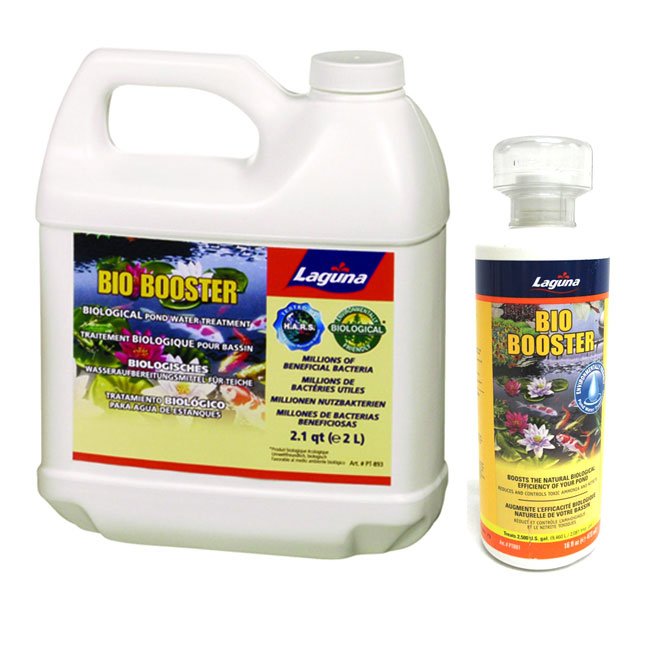Spread the word to all of your pondkeeper friends!
 GregRobert has carried quality pond supplies for close to a decade and wants to earn your business if you are a pondkeeper!
GregRobert has carried quality pond supplies for close to a decade and wants to earn your business if you are a pondkeeper!
Due to the mild temperatures this spring, the 2012 pond season has begun earlier than normal.
It’s time to purchase your pond starter products.
It is important that your run your pond pump for a week or two before you start feeding your fish. If you are adding tap water to your pond this spring, be sure to use a Water Prep solution like Laguna’s.
For a new pond:
Use 50 ml per 265 gallons of pond water. Use the provided vial for an accurate measurement. Fill your pond with water and then add this product to the directly to the pond.
This method is not recommended when fish are already in the pond.
Water replacement:
Use 50 ml per 265 gallons of pond water every time water is added from the tap. To ensure maximum protection for fish already in a pond, dose the pond to be topped or filled before any new water is added.
Source: California Waterscapes.


